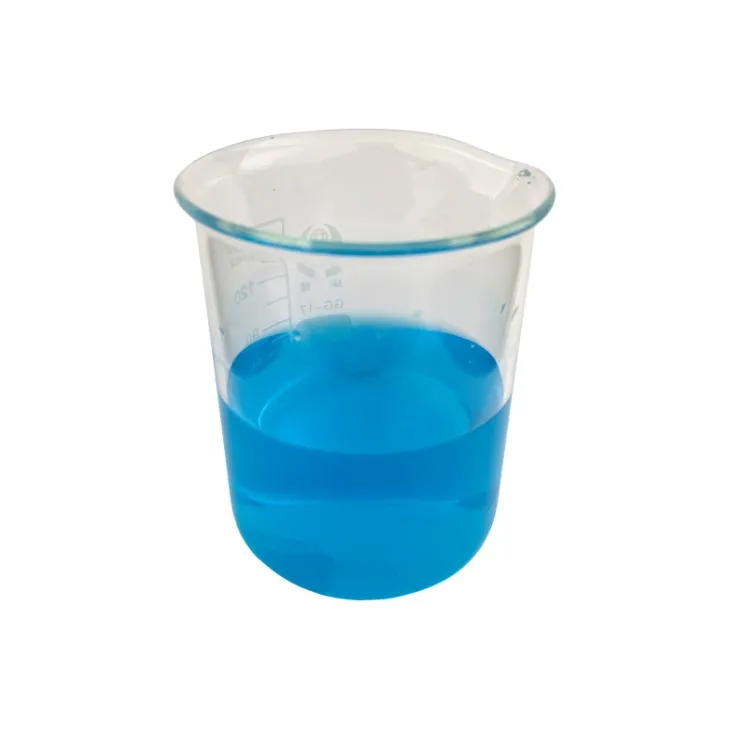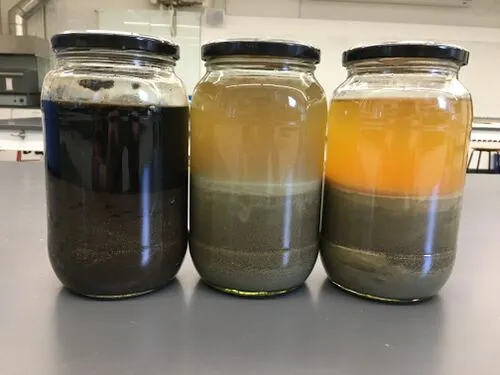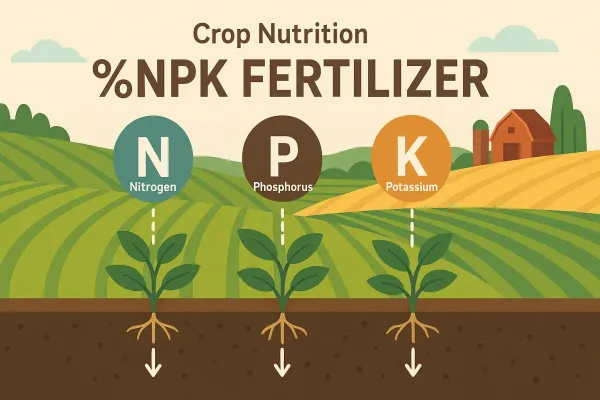Avoid your inquiry is delay response, please enter your WhatsApp/Skype along with the message, so we can contact you at the very first time.
We will reply you within 24 hours. If for urgent case, please add WhatsApp/WeChat:
Warning: Undefined variable $public in /www/wwwroot/lvfertilizer.com/wp-content/themes/hyhadmin/header.php on line 350
Warning: Trying to access array offset on value of type null in /www/wwwroot/lvfertilizer.com/wp-content/themes/hyhadmin/header.php on line 350
,. Or call
Warning: Undefined variable $public in /www/wwwroot/lvfertilizer.com/wp-content/themes/hyhadmin/header.php on line 350
Warning: Trying to access array offset on value of type null in /www/wwwroot/lvfertilizer.com/wp-content/themes/hyhadmin/header.php on line 350
directly.
Mixing fertilizer sounds simple—until clogged lines, leaf burn, or weak results cost you a crop. Small errors stack up fast. With a clear, safe workflow, you can mix fertilizers that dissolve cleanly, feed roots, and keep systems running.
To mix fertilizers correctly, read the fertilizer label, start with clean water, test mixing compatibility, and dissolve products fully before making a stock solution. Check water pH and alkalinity, run a jar test, and keep fertilizer concentration on target (by ppm or EC). For injection, calibrate the injector and apply through irrigation evenly.
Fertilizer mixing is the step where you dissolve or blend fertilizer materials into water to make a clean, stable fertilizer solution. Good practice protects emitters, supports plant growth, and delivers steady nutrient supply to growing plants across different crops. Poor practice can cause salts to precipitate, lines to plug, or leaves to burn.
In commercial practice, we prefer consistent, well-designed formulations. See our broad NPK compound fertilizer range for balanced options that mix easily and match field needs, from basal blends to top-dress grades.
Related spec to explore: balanced NPK 12-12-36 water-soluble for foliar and drip feeding where quick uptake is needed.

What is fertilizer mixing, and why does it matter?
When you mix fertilizers for spray, drip, or foliar work, begin with clean, temperate water. Add products one by one, allowing full dissolution. For water-soluble programs, always check solubility on the label and mind the amount of water you’ll use. On small scale, you can make small batches from small quantities; on large systems, make solutions from dry products in mixing tanks.
A simple ppm setup (example math):
Liquid fertilizer mixing compatibility is crucial. Some pairs have limited compatibility or are fully incompatible. Key rules:
Quick compatibility table (simplified):
| Combine in the same tank? | Example A | Example B | Result |
| Often incompatible | Calcium nitrate | Ammonium sulfate / Sulfate | Can form insoluble calcium sulfate |
| Often incompatible | Calcium nitrate | Phosphate sources | Can precipitate calcium phosphate |
| Usually OK (check label) | Urea | Nitrate sources | Often mixes cleanly |
If you need a calcium source with N, consider calcium ammonium nitrate (CAN) and split tanks wisely.
Tip: This is about mixing compatibility, not plant needs. Always follow the fertilizer label and your soil test.
A jar test is fast insurance. In a clear jar, add water first, then add each product in order, mixing thoroughly. Watch for heat, clumps, layers, or haze—signs of incompatibility. Check again after 30–60 minutes. If a fine cloud appears or solids drop, assume incompatible and separate those products or change order.
Scale: If your tank holds many gallons of water, mimic ratios in your test (e.g., 1 teaspoon in 1 cup mirrors per gallon rates). If the sample fails, do not scale up. Explore alternative grades such as ammonium sulfate for sulfur and N when phosphorus is high.

jar bar
A stock solution is a concentrated mix that an injector dilutes into your irrigation water—this is classic fertigation. Decide how much stock solution you need by working backward from your field rate and total volume of water. Keep records of fertilizer concentration (by ppm or electrical conductivity) and always calibrate the injector.
EC ↔ ppm “quick-look” table (500-scale approximation):
| EC (mS/cm) | Approx. ppm |
| 0.8 | 400 |
| 1.2 | 600 |
| 1.6 | 800 |
| 2.0 | 1000 |
For drip systems, pair compatible water-soluble grades (example: water soluble fertilizer for drip irrigation) and keep lines clean.
Yes. Water pH, alkalinity, and water source affect stability and uptake. High alkalinity water can shift tank pH upward, increasing the risk of scale or precipitate. With certain phosphates or magnesium/calcium salts, that can be a problem. Adjust pH only within safe label limits.
If you’re pushing early roots or bloom, choose a suitable formulation such as a high-phosphorus water-soluble 03-37-37—and mix in water of known quality.
Reminder: Temperature matters too; warm water dissolves faster, but never exceed label limits.
Start with a soil test. If the report shows fertilizer is needed, pick a grade that matches crop stage and fertilizer needs. For fruit crops, we often shift nitrogen, phosphorus, and potassium across the season to balance growth and fruit fill. For a vegetable garden, choose balanced, quick-dissolving grades; combine with compost for organic gardening goals.
Browse proven mixes like our NPK 12-12-36 water-soluble for fruit set or balanced compound grades for base dressing.
Second-tier macros: Calcium (cell walls, tip growth), magnesium (chlorophyll), sulfur (amino acids). Keep an eye on trace micronutrient needs like manganese for enzyme systems.
For N-focused programs that still dissolve cleanly, consider a dedicated nitrogen product.
Heads-up: Ammonium nitrate is powerful; handle and store per local rules, and mind compatibility. Calcium nitrate is a classic for fruit and tip strength—but don’t mix it with sulfates or phosphates in the same tank.

What do N, P, K—and friends—actually do in solution?
Small scale growers can mirror commercial steps using clean buckets and a drill-mixer. Always add the fertilizer to water (not the other way around), dissolve fully, then top to total volume. Make solutions from dry products only after checking mixing water-soluble rules above.
On larger systems, batch fertilizer blend concentrates in a clean cone-bottom tank, then inject. If you’re blending BB grades for base feeding, align the recipe with your target analysis.
Safety and quality notes
Cloudy mixes usually point to incompatibility or high pH. Do a jar test, split calcium from phosphate or sulfate sources, and re-test. Clogs? Check screen mesh, viscosity, and water temperature. Leaf burn? Reduce rate, change timing, or switch to a gentler formulation with lower salt index.
When in doubt, try a two-tank A/B system. As you refine, consider balanced water-soluble grades from our NPK compound fertilizer range backed by quality control and export logistics.
Balanced growth spray
Bloom/fruiting push
Simple order (typical A/B logic):
Water first.
Urea or neutral N sources.
Nitrate sources.
Phosphate sources (separate from calcium).
Sulfate sources (separate from calcium).
Calcium sources (separate tank if possible).
Trace pack (manganese included), last—diluted before main tank.
Dosing by ppm (example only):
If the label says “X grams per gallon delivers 100 parts per million N,” scale proportionally to your target area, then confirm by EC.
Can I combine calcium nitrate and ammonium sulfate in one tank for foliar feeding?
Avoid that. Calcium with sulfate or phosphate can form insoluble salts that precipitate. Use separate tanks or alternate applications. If you must test it, start with a jar test.
How do I pick the right water-soluble fertilizer for seedlings?
Use a mild, balanced grade at a lower fertilizer concentration. Confirm with EC or ppm, and watch for tenderness. A balanced liquid fertilizer supported by a soil test prevents over-feeding.
Is a high-salt foliar spray risky in hot weather?
Yes. High salt index plus heat can scorch leaves. Spray early/late, reduce rate, or switch to a gentler liquid fertilizer. Hydrate well via irrigation before foliar work.
Do I need different mixes for fruit crops versus greens?
Usually. Fruit crops often need more potassium and calcium during sizing, while leafy greens favor steady nitrogen. That’s why we build a broad portfolio of grades for different crops and stages.
How do I know my injector is on target?
Measure output, then calibrate. Check the ratio against the stock solution, confirm with electrical conductivity, and spot-check leaf response.
Can compost fit into a fertigated program?
Yes—use compost for soil health, then fill gaps with precise liquid fertilizer or water-soluble fertilizer products. This hybrid plan aligns with organic gardening goals while supplying key macros and traces.
About us, briefly: As a leading manufacturer and exporter of high-quality fertilizer products in China, we engineer clean-dissolving grades for spray, drip, and field programs. If you’d like a tailored recipe, we’re happy to help align rates, formulation, and logistics for your market.